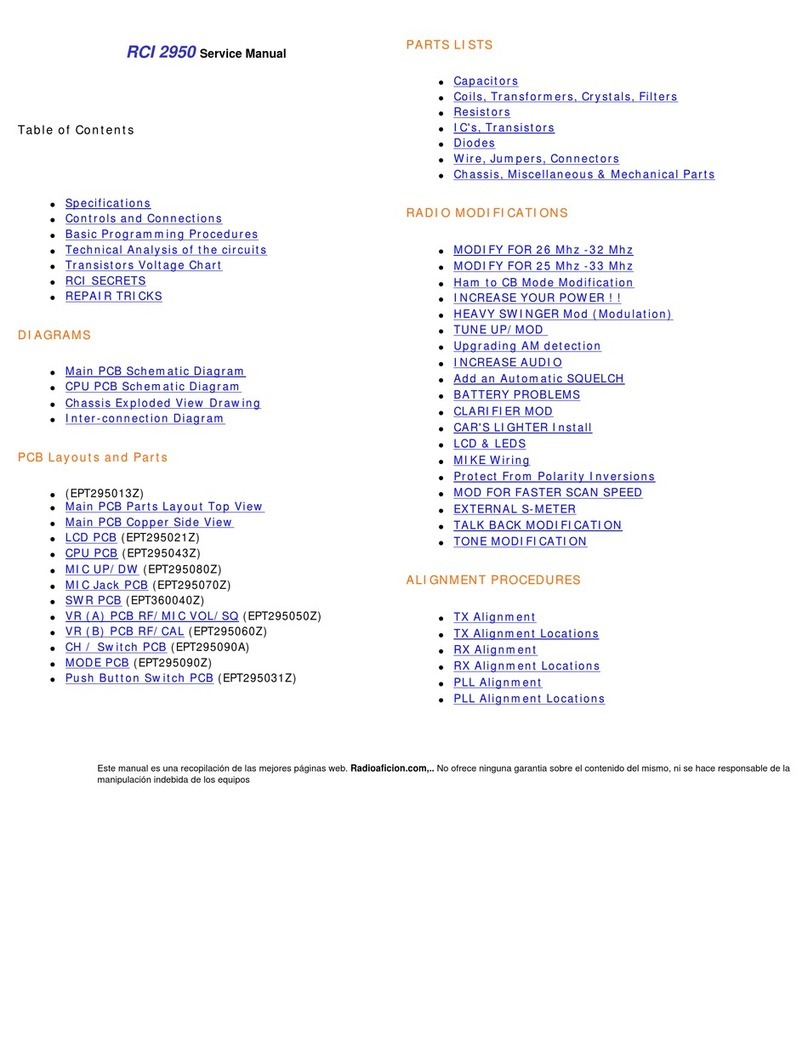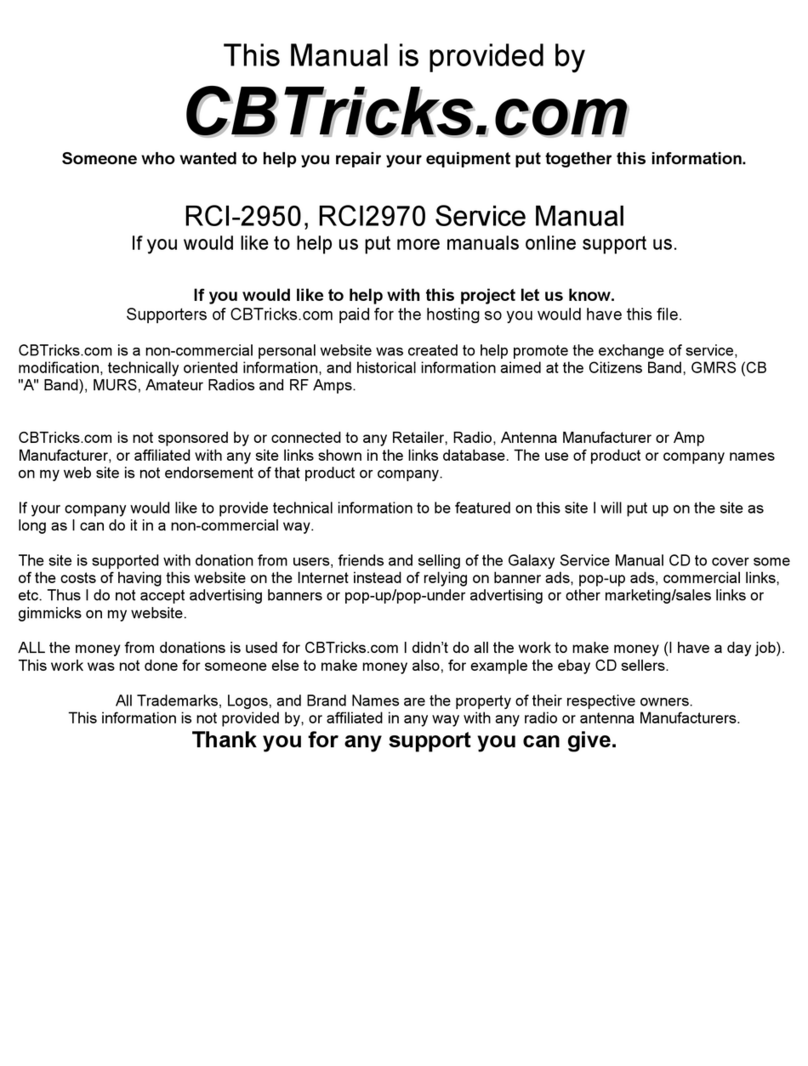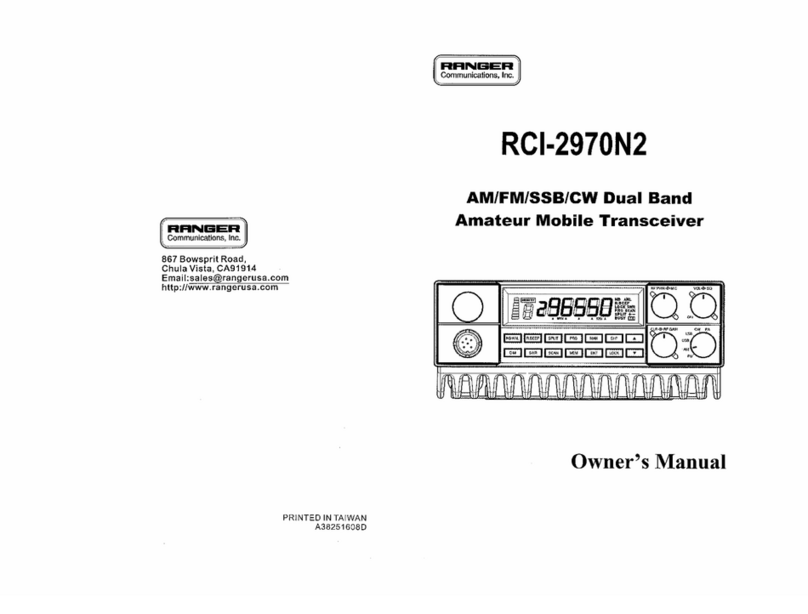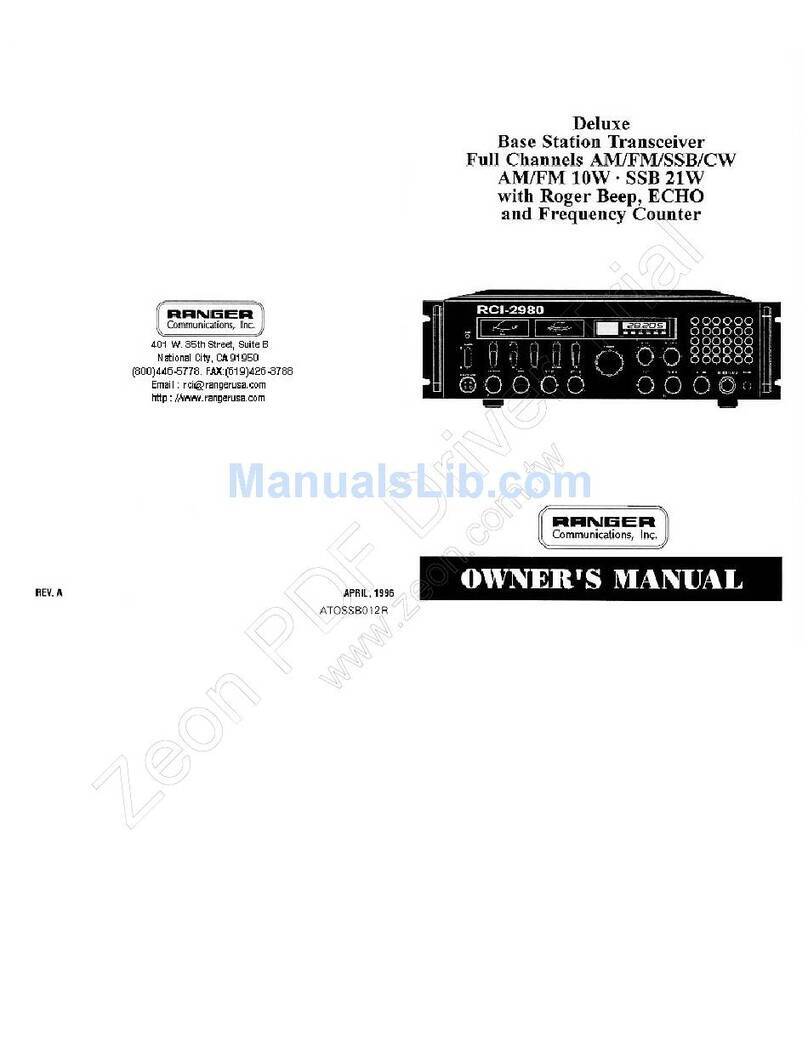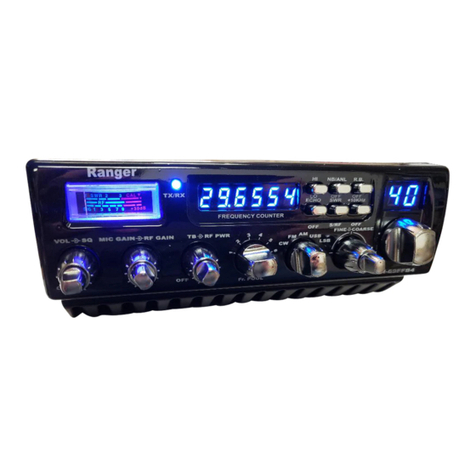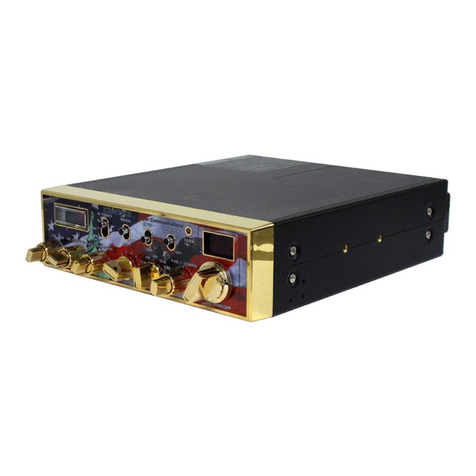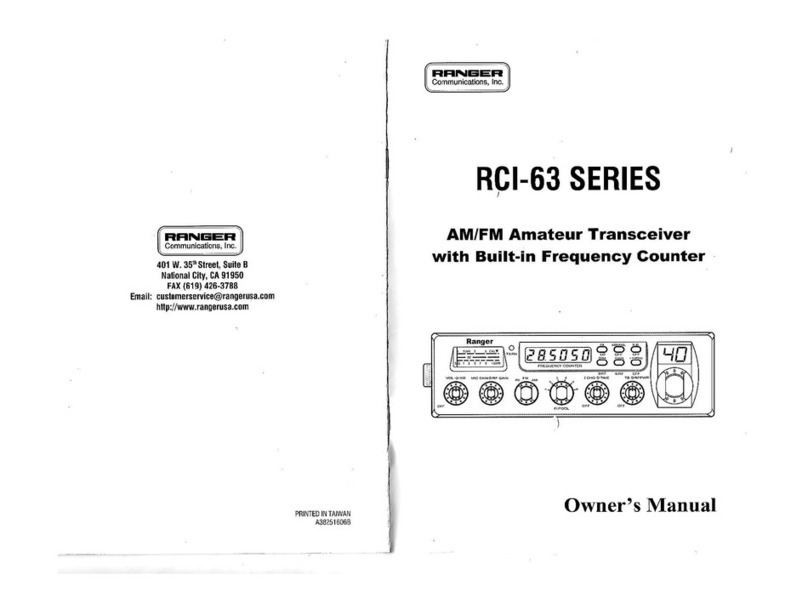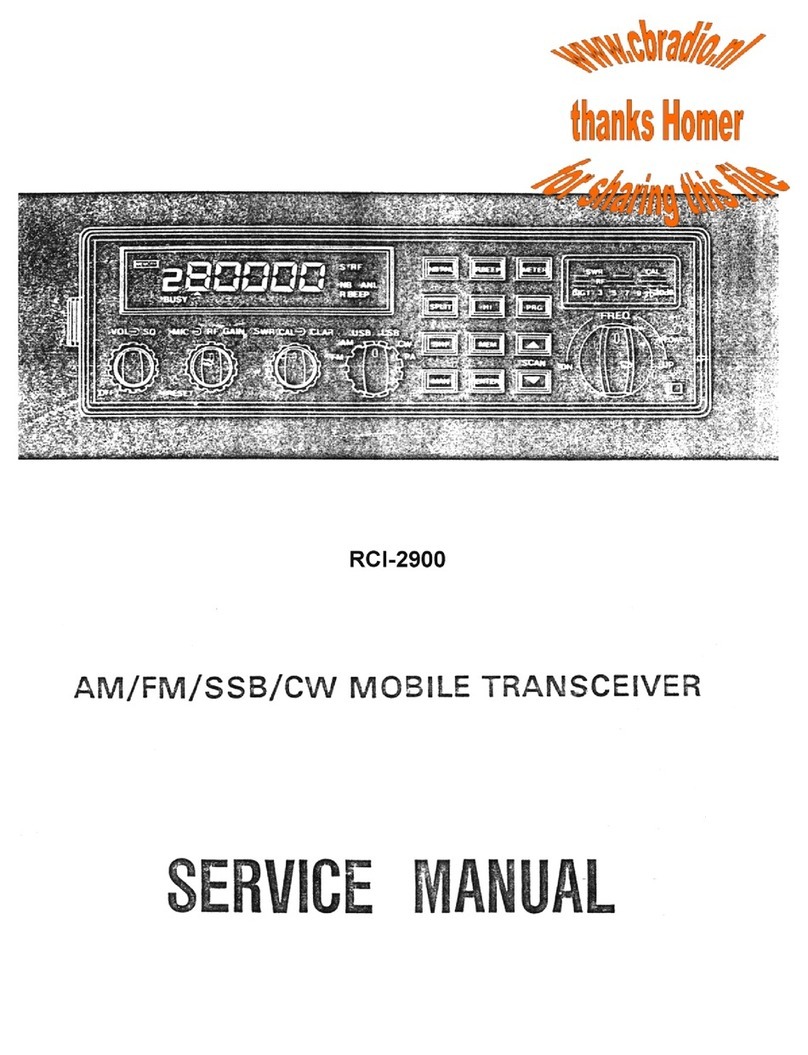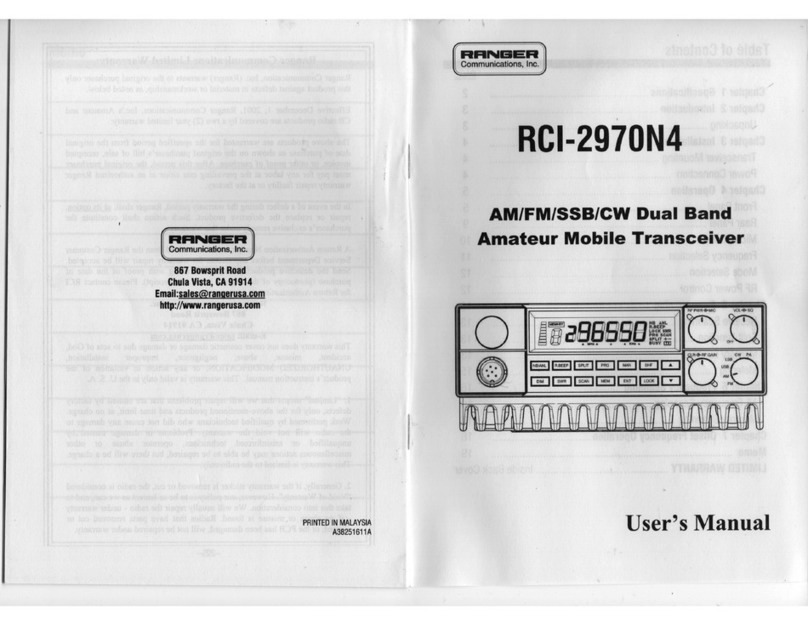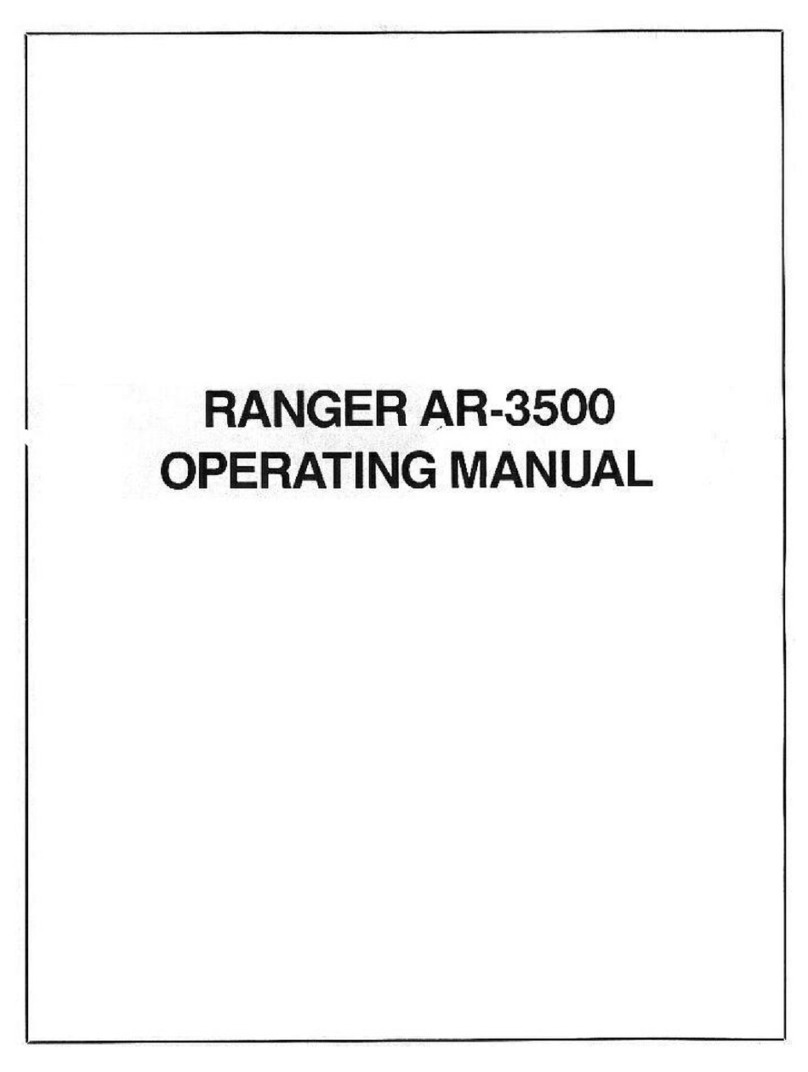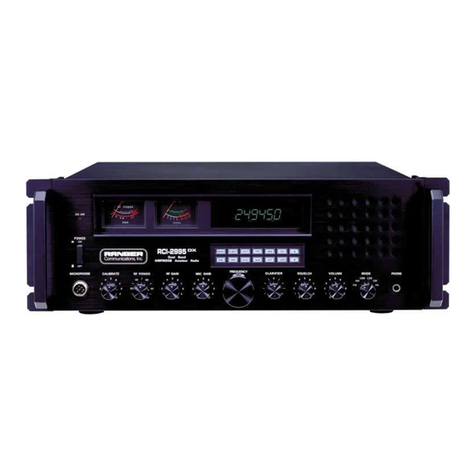
- 6 -
6 28.305 28.755 29.205 28.375 28.825 29.275
7 28.315 28.765 29.215 28.385 28.835 29.285
8 28.335 28.785 29.235 28.405 28.855 29.305
9 28.345 28.795 29.245 28.415 28.865 29.315
10 28.355 28.805 29.255 28.425 28.875 29.325
11 28.365 28.815 29.265 28.435 28.885 29.335
12 28.385 28.835 29.285 28.455 28.905 29.355
13 28.395 28.845 29.295 28.465 28.915 29.365
14 28.405 28.855 29.305 28.475 28.925 29.375
15 28.415 28.865 29.315 28.485 28.935 29.385
16 28.435 28.885 29.335 28.505 28.955 29.405
17 28.445 28.895 29.345 28.515 28.965 29.415
18 28.455 28.905 29.355 28.525 28.975 29.425
19 28.465 28.915 29.365 28.535 28.985 29.435
20 28.485 28.935 29.385 28.555 29.005 29.445
21 28.495 28.945 29.395 28.565 29.015 29.465
22 28.505 28.955 29.405 28.575 29.025 29.475
23 28.535 28.985 29.435 28.605 29.005 29.505
24 28.515 28.965 29.415 28.585 29.035 29.485
25 28.525 28.975 29.425 28.595 29.045 29.495
26 28.545 28.995 29.445 28.615 29.065 29.495
27 28.555 29.005 29.455 28.625 29.075 29.515
28 28.565 29.015 29.465 28.635 29.085 29.525
29 28.575 29.025 29.475 28.645 29.095 29.535
30 28.585 29.035 29.485 28.655 29.105 29.545
31 28.595 29.045 29.495 28.665 29.115 29.555
32 28.605 29.055 29.505 28.675 29.125 29.565
33 28.615 29.065 29.515 28.685 29.135 29.575
34 28.625 29.075 29.525 28.695 29.145 29.585
35 28.635 29.085 29.535 28.705 29.155 29.595
36 28.645 29.095 29.545 28.715 29.165 29.605
37 28.655 29.105 29.555 28.725 29.175 29.625
38 28.665 29.115 29.565 28.735 29.185 29.635
39 28.675 29.125 29.575 28.745 29.195 29.645
40 28.685 29.135 29.585 28.755 29.205 29.655
2.2 MICROPHONE
The receiver and transmitter are controlled by the push-to-talk switch on the microphone. Press the
switch and the transmitter is activated, release switch to receive. When transmitting, hold the
microphone two inches from the mouth and speak clearly in a normal voice. The radio comes complete
with a low impedance (500 ohm) dynamic microphone.
2.3 OPERATION
2.3.1 PROCEDURE TO RECEIVE
1. Be sure that power source, microphone and antenna are connected to the proper connectors before
going to the next step.
